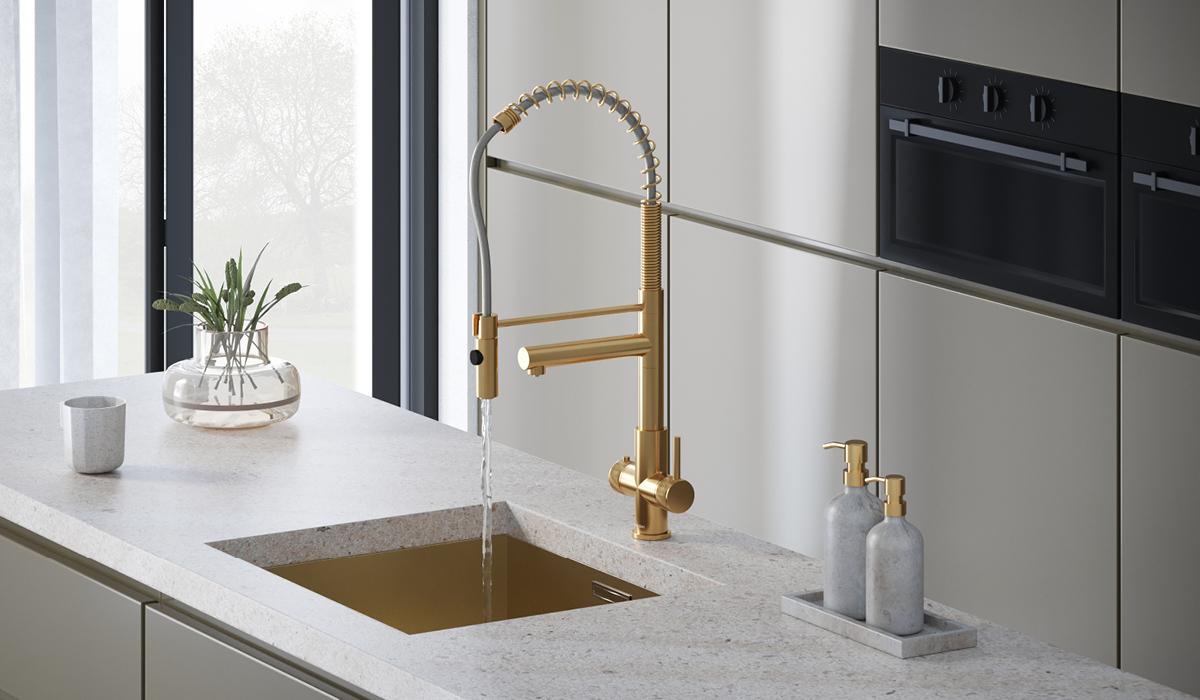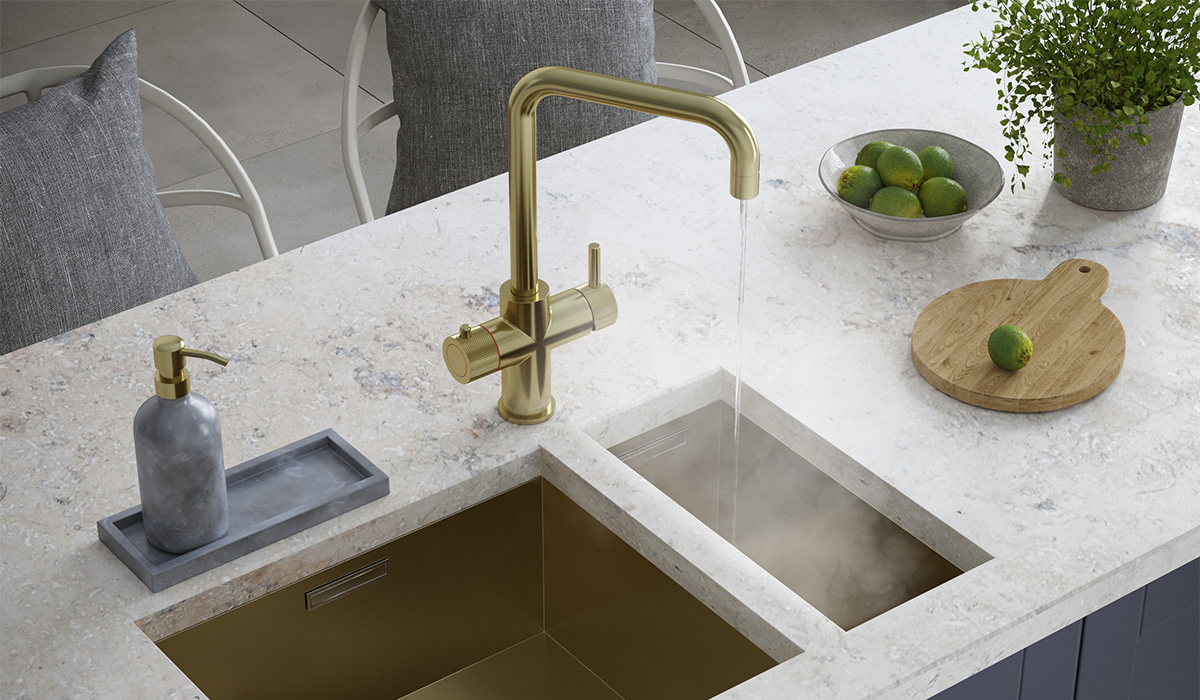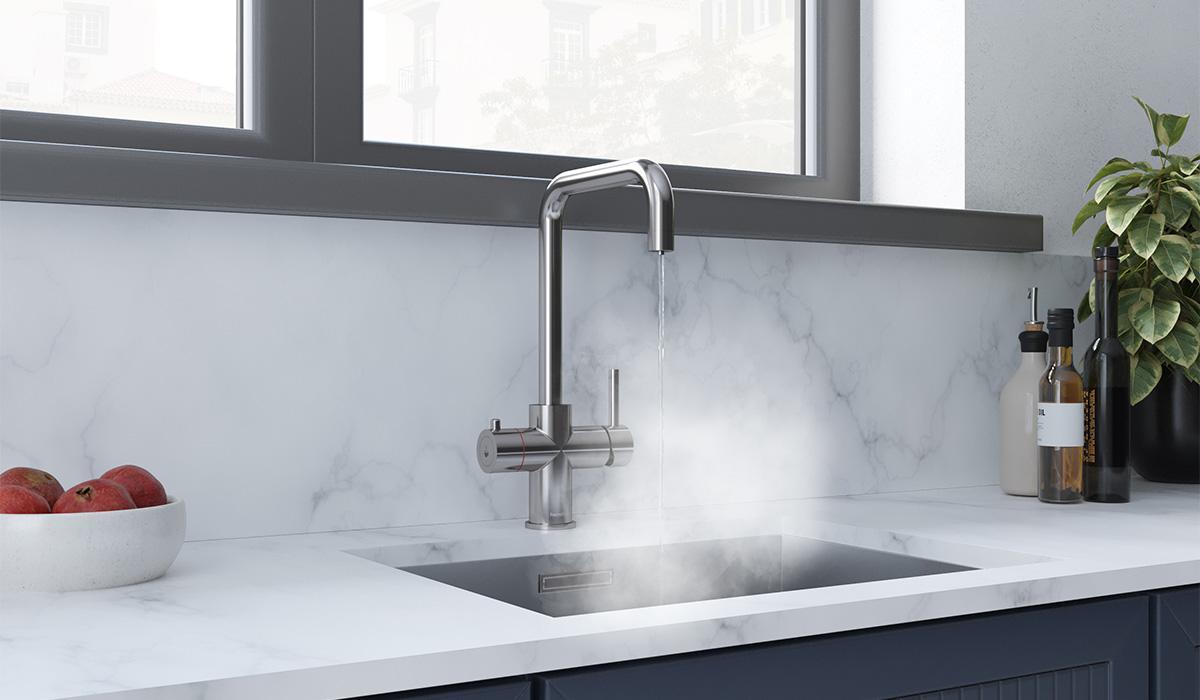Is your pantry cluttered and crammed? Are you having trouble finding what you need? If so, it’s time to organise your pantry in 10 easy steps! With a little bit of organisation, you’ll be able to find everything you need when you need it. Ready to get started? Let’s go!
1. First things first, take everything out
When it comes to organising your pantry, the first step is to take everything out and start from scratch. This might seem like a daunting task, but the key is to be methodical about it. Begin by taking everything out of your pantry shelves and placing them on the floor or on a table. Once you have emptied everything out, take a moment to assess which items you use regularly and which ones are more seasonal or special-occasion-related. This helps you prioritise which items can go back into your pantry right away, as well as help you get rid of anything that may have expired or gone bad over time.
2. Donate any unused tools or in-date food
When it comes to organising our pantries, we often focus on getting rid of old or expired food items. However, we can also leverage this process to help reduce food waste. By donating any unused tools or in-date food to local organisations, we can not only help those in need but also ensure that our own kitchens are well-stocked and functional.
At the heart of this approach is the idea of sharing with others. By donating kitchen tools that we no longer need or use, we can help struggling families build up their own supplies. Likewise, by clearing out our own pantries of expired items, we can prevent ourselves from accidentally using them or accidentally feeding spoiled ingredients to our families. Whether you donate gently used kitchen knives or leftover cans of soup, your contributions will go a long way towards helping others and minimising waste in your kitchen.
3. Organise your pantry into different zones
There’s nothing more frustrating than opening the pantry door and rummaging through a jumble of cans, boxes, and jars in search of what you need. To solve this problem, many people choose to organise their pantries into different zones that cater to specific types of items.
For example, you may have one zone for boxed foods like cereal, pasta, and rice; another for canned goods like soup and vegetables; and yet another for snacks and baking ingredients. Creating these different zones allows you to easily find what you’re looking for without having to rifle through everything else in the pantry at the same time.
Additionally, group items together by type so that you can quickly spot when new stock needs to be picked up at the supermarket. By taking the time to carefully organise your pantry, you can enjoy quick access to everything you need, no matter what it is.
4. Decant loose foods into airtight jars
At first glance, a pantry might seem like a chaotic jumble of various food items. But with a little bit of effort, it’s actually quite easy to organise your pantry and keep everything neatly sorted and accessible. One effective way to do this is to decant loose foods into airtight jars, which helps to prevent these items from getting stale or going bad. Not only does this help ensure the freshness of your food, but it also makes it easier to find what you need quickly and easily.
By taking the time to sort out your pantry and decant your loose foods into airtight jars, you can create a structure for your pantry that makes storing and accessing groceries simple and efficient. And in turn, this will help ensure that you always have the ingredients needed for healthy and delicious home cooking. So if you’re looking for an effective way to organise every inch of your pantry, try decanting loose foods into airtight jars – you’ll be glad you did!
5. Stack cans for better use of space
When it comes to organising a pantry, one of the most important steps is to think about your space constraints. Whether you have a small, cramped pantry or an expansive walk-in space, having an awareness of the available storage options will help you make the most of what you have. One easy way to do this is by using cans. Not only are they inexpensive and versatile, but they can also be easily stacked in order to take full advantage of your vertical space.
By keeping your cans neatly organised in tiers, you can maximise every inch of your pantry without sacrificing any functionality. And with a little bit of extra time and effort, it is easy to keep those stacks well-maintained and looking great for years to come. So if you’re looking for an efficient way to manage your pantry’s storage needs, consider stacking some cans as part of your solution.
6. Label your zones and jars for quick access
One of the best ways to keep your pantry organized is to label each zone and jar to help you quickly and easily access what you need when you need it. This can be as simple as using sticky labels or marker pens to mark where certain items should go, such as sauces on one shelf and pasta on another. It can also be helpful to clearly indicate expiration dates for food items so that you do not end up wasting anything. With a well-organised pantry, you will always be able to find what you need, which will help ensure that your kitchen stays efficient and productive at all times.
7. Make use of your pantry shelves
Many people overlook their pantry shelves when it comes to organisation, instead focusing their efforts on countertops and drawers. However, by learning how to make use of your pantry shelves in an effective way, you can not only improve the appearance and functionality of your kitchen but also save yourself time and hassle in the long run.
One way to organise your pantry shelves is by utilising vertical space. Aim to place heavier items at the bottom of the shelf and use risers or stackable bins to keep smaller items neatly organised on top. This will help prevent spillage and ensure that everything is always within reach whenever you need it.
Another key strategy for reorganising your pantry is to consider how often you use each item on your shelves. It may be more efficient to place frequently used ingredients near the front so that they’re easily accessible whenever you need them. Less frequently used ingredients can then be stored further back on the shelf, freeing up valuable real estate for foods that are in higher demand.
8. Hang shelves over the back of the pantry door
One simple but effective solution is to hang shelves over the back of the pantry door. This not only takes up minimal space, but it also allows you to easily access all of your supplies, no matter where they are located in the pantry.
Additionally, this method keeps everything within easy reach, so you can easily refill jars or grab ingredients as needed. Whether you’re making a grocery list or simply meal planning for the week ahead, having an organised and well-stocked pantry will help make cooking and meal prep a breeze.
9. Stack your Tupperware to save space
When it comes to organising your pantry, space can be at a premium. Trying to fit all of your containers and lids into the limited space in your cabinet can feel like an impossible task. But luckily, there is a simple hack that can help you reduce clutter and save valuable real estate: stacking your Tupperware.
By stacking similar sizes and shapes of containers on top of each other, you can create more space for other items without sacrificing any storage capacity. Whether you are trying to store boxes or smaller containers with lids, this method is sure to help make the most out of the room you have available.
10. Keep anything you don’t want your children to grab out of reach
When trying to organize your pantry, one of the most important things to consider is safety. After all, you want to keep your kids safe from any potential hazards in the kitchen, and this means ensuring that everything they might reach for is out of their reach. To do this effectively, you should start by removing any items you don’t want them to have access to and storing them somewhere else, or on a top shelf they can’t reach.
For example, small kitchen appliances like blenders or food processors can be placed up high on a shelf out of reach of little hands, while non-perishable items such as spices or post-it notes can be stowed away in a cabinet. Once all potentially dangerous items are out of sight, you can then start thinking about how to best group and arrange the rest of your pantry goods for easy access.
Conclusion
The process of organising your pantry may seem daunting, but by following these 10 simple steps, you can have it done in no time. Not only will your kitchen be more functional and aesthetically pleasing, but you’ll also save yourself time and money by being able to find what you need when you need it.
Discover a treasure trove of kitchen design guides and ideas on the Hanstrom blog.





